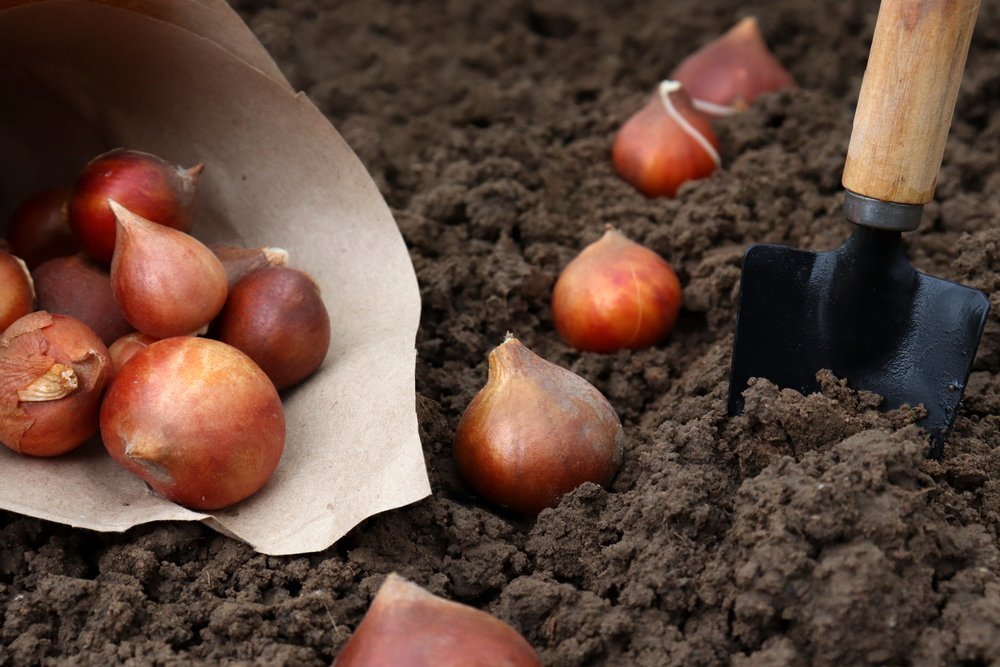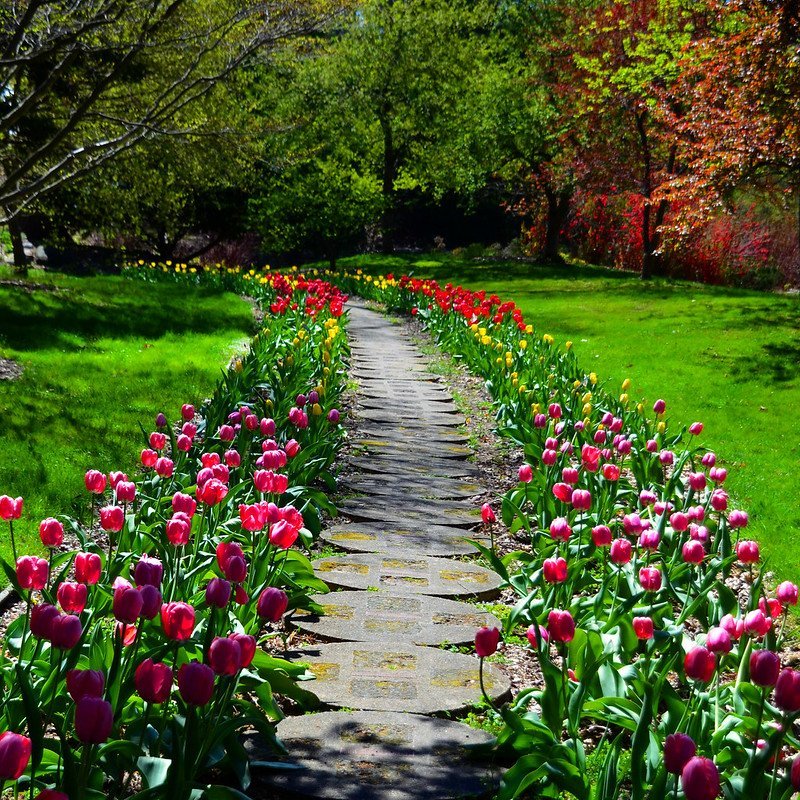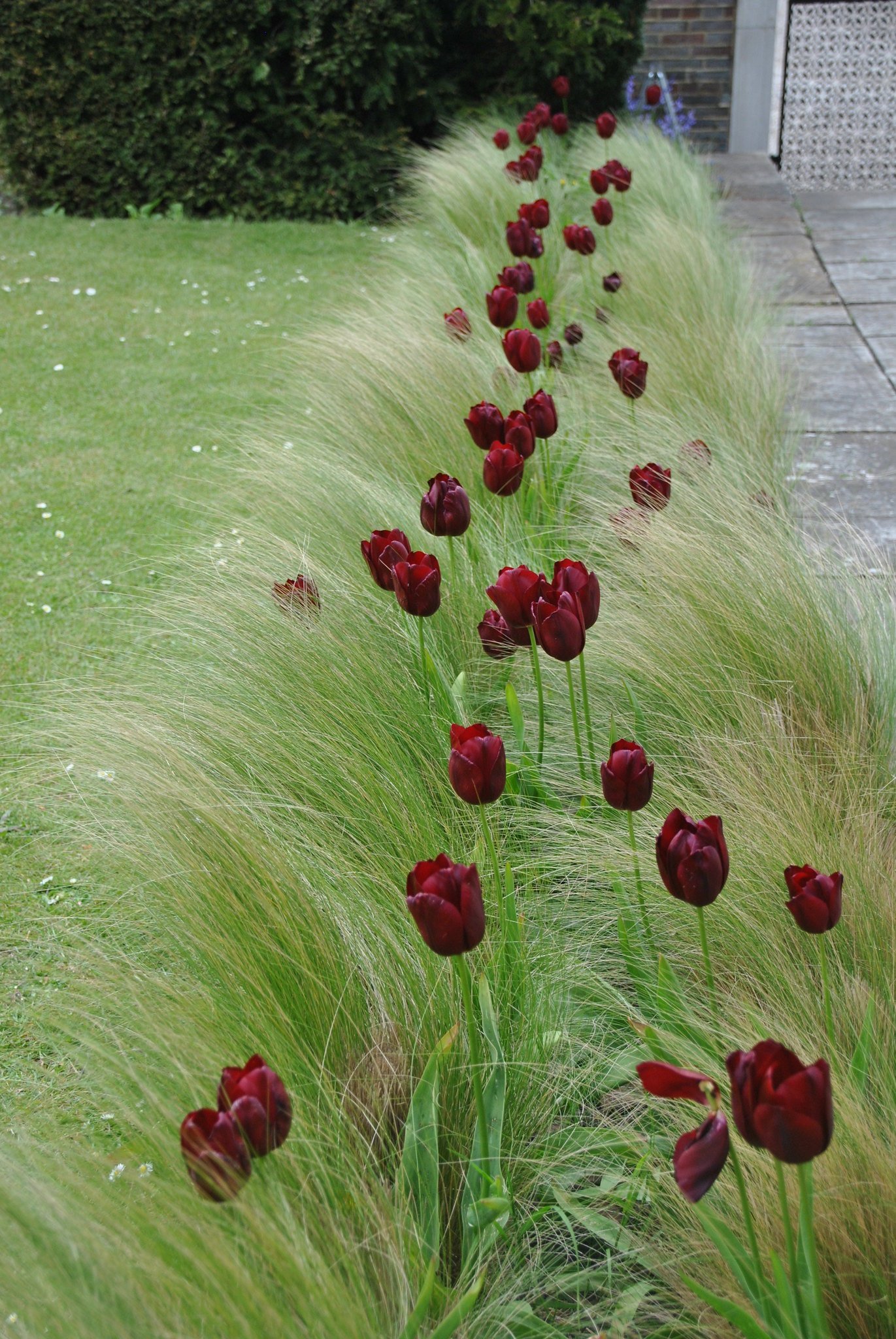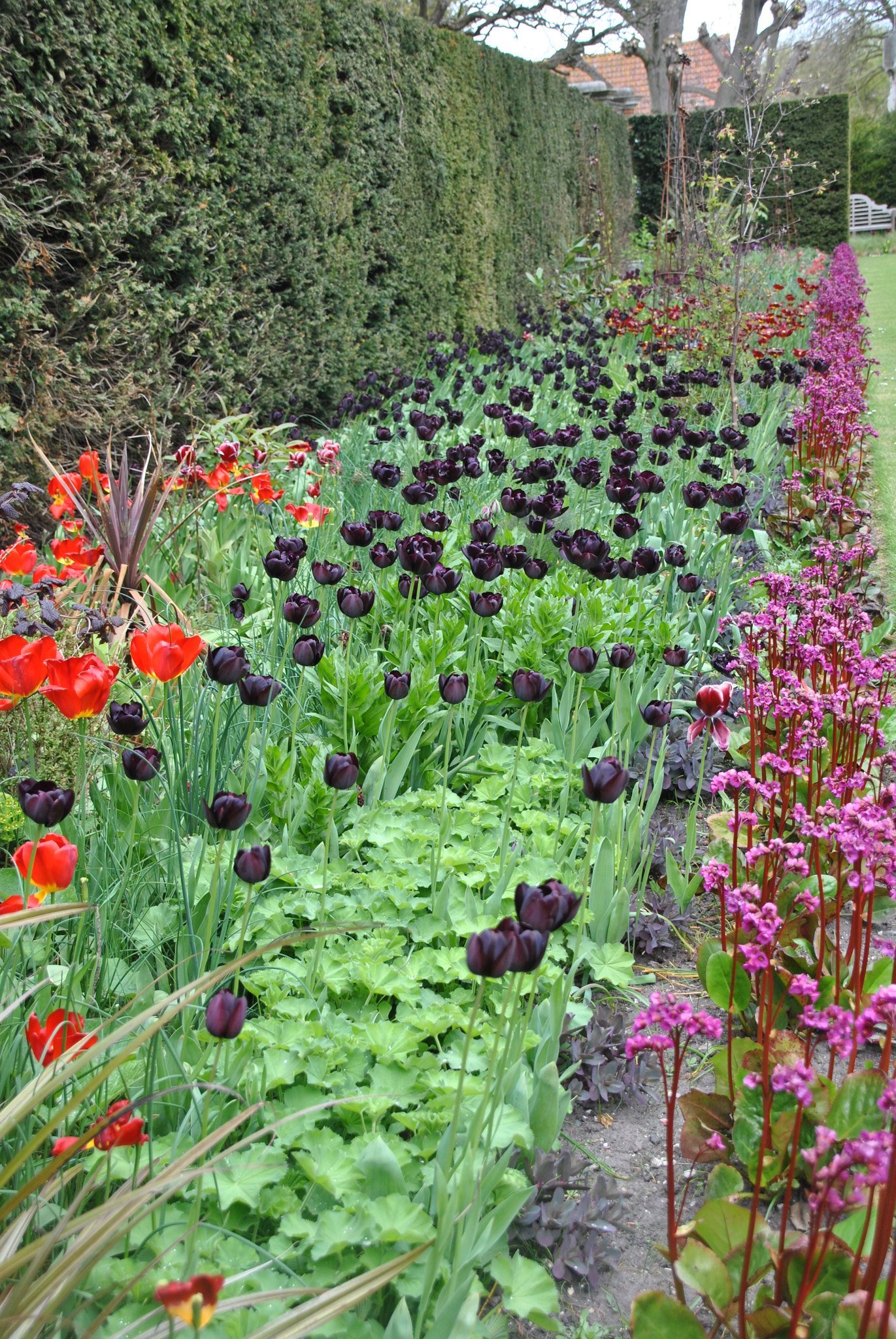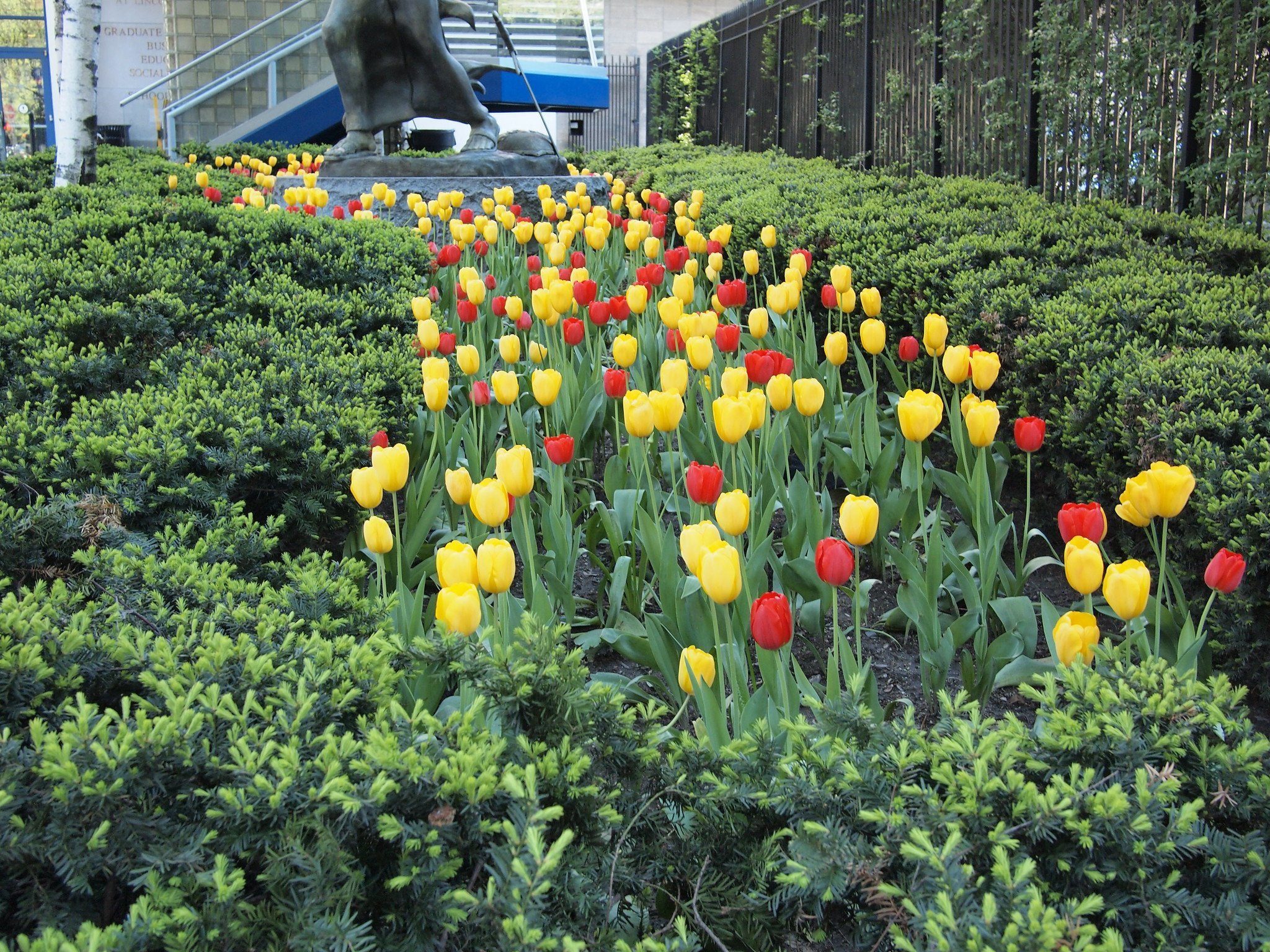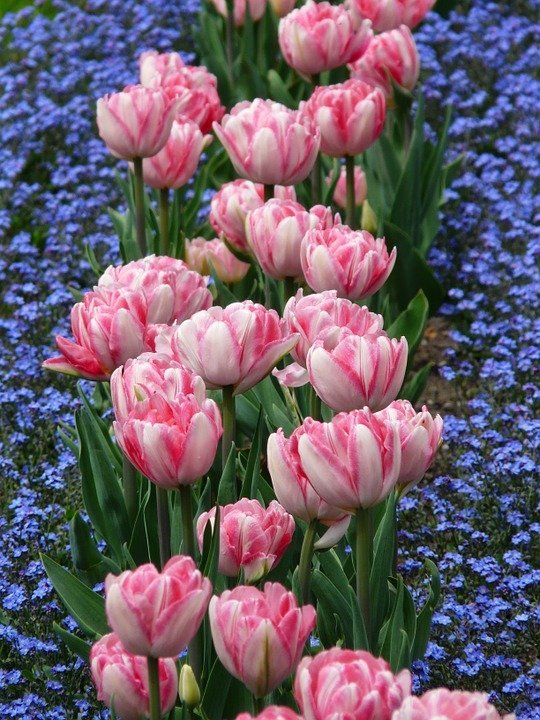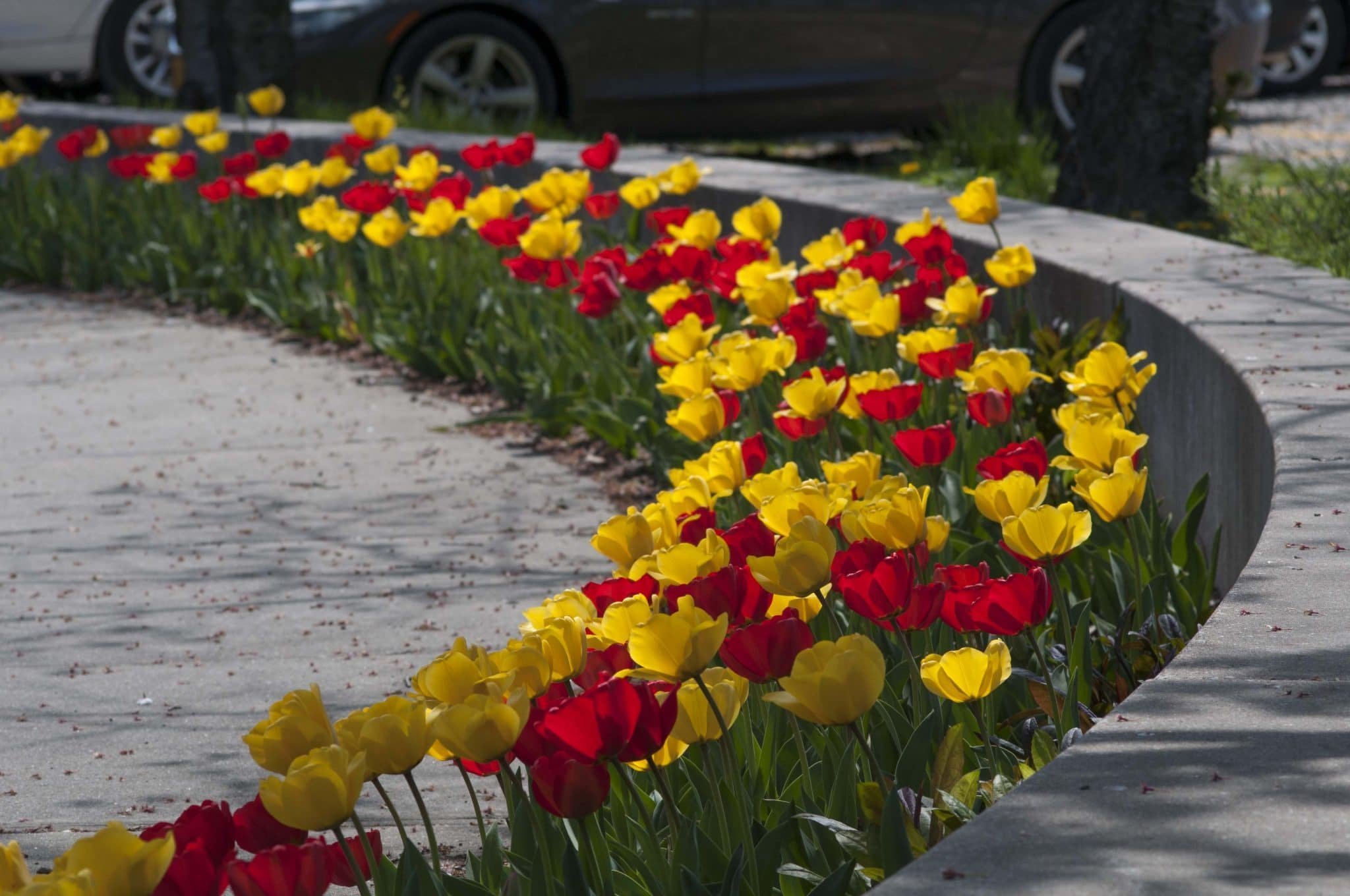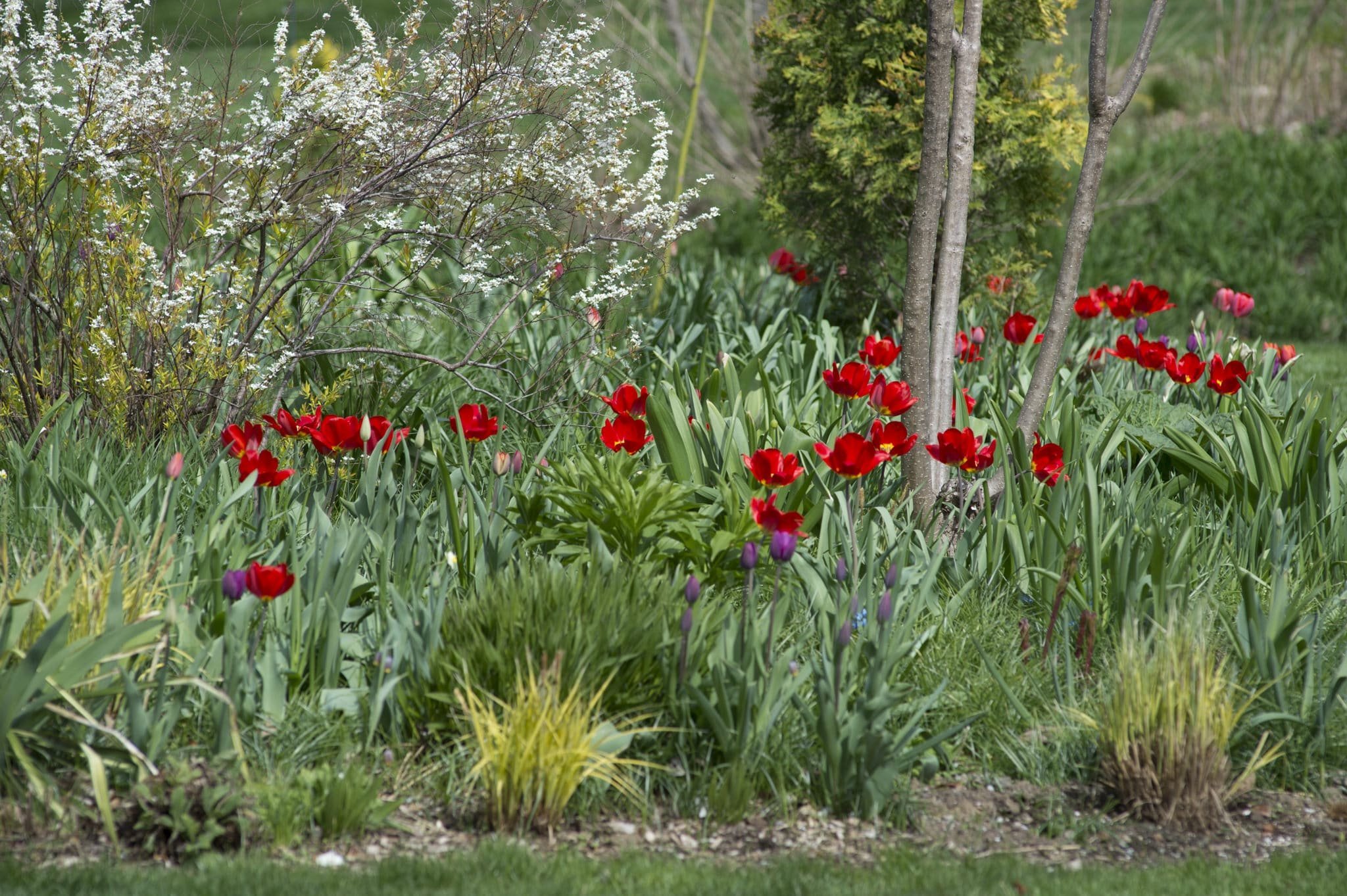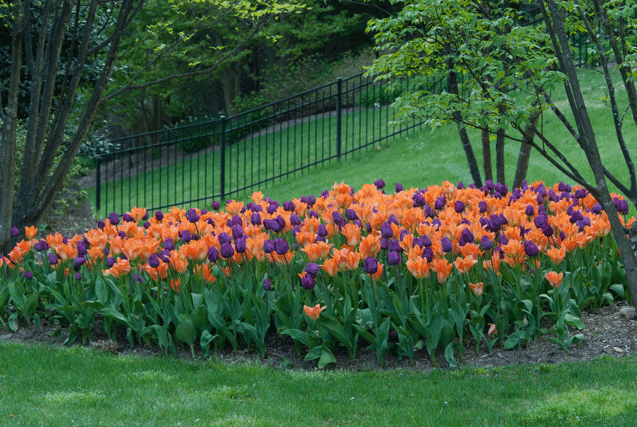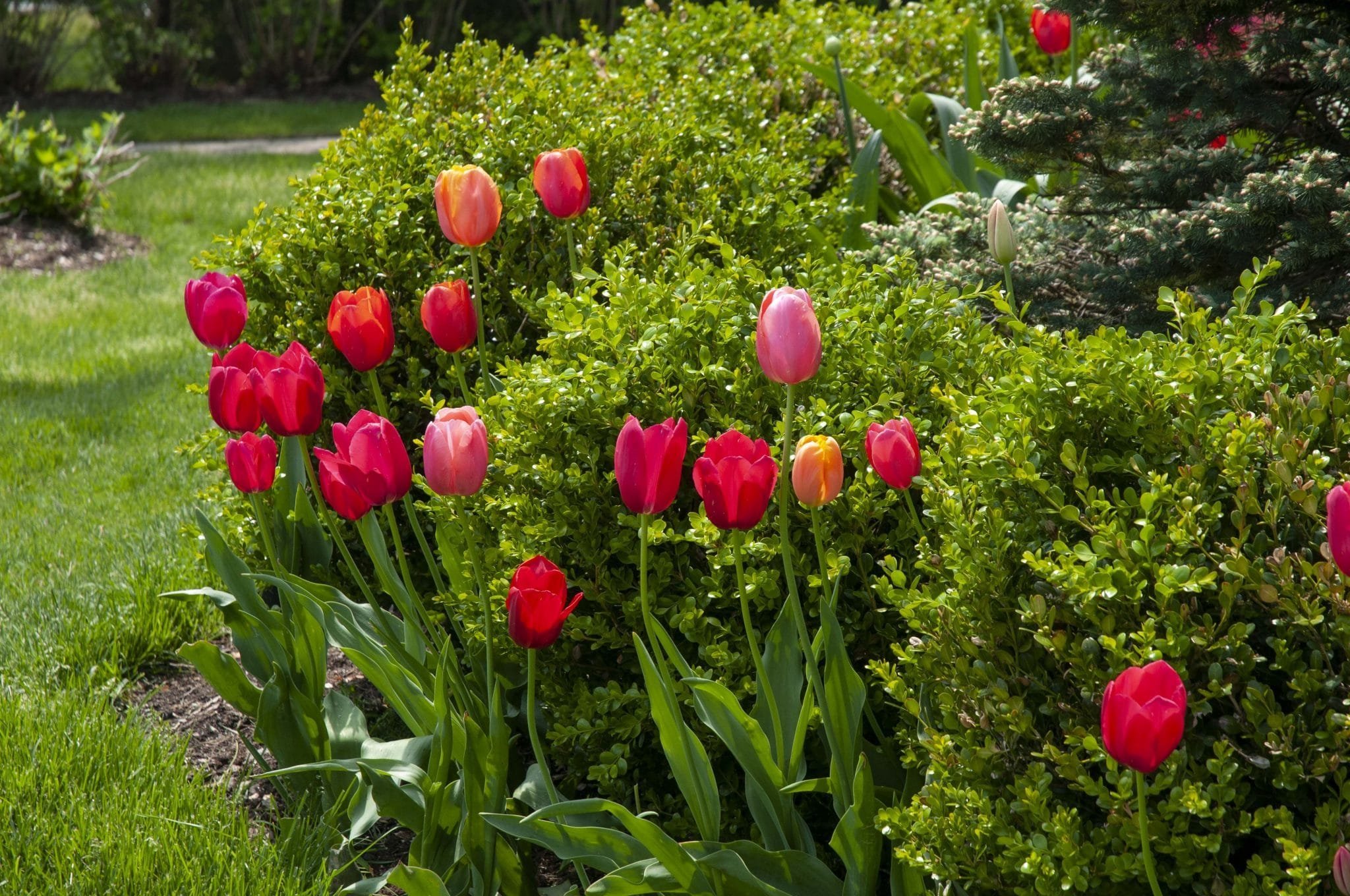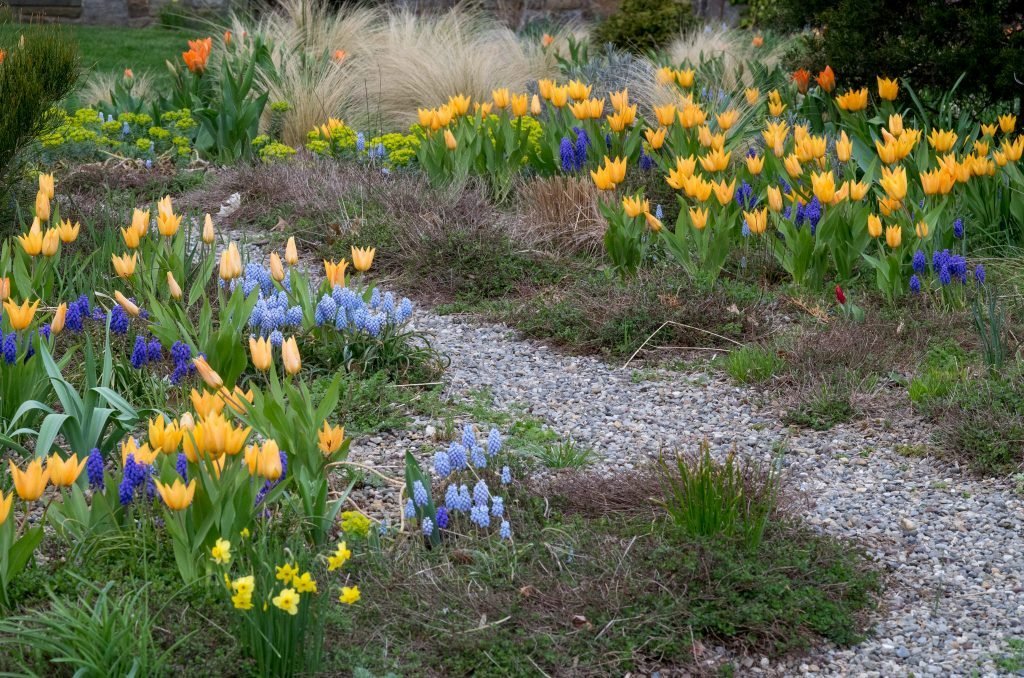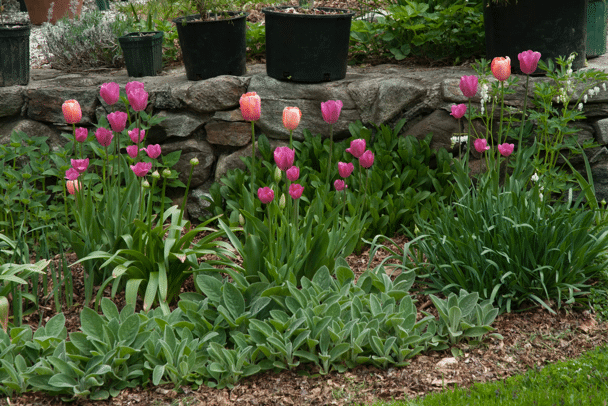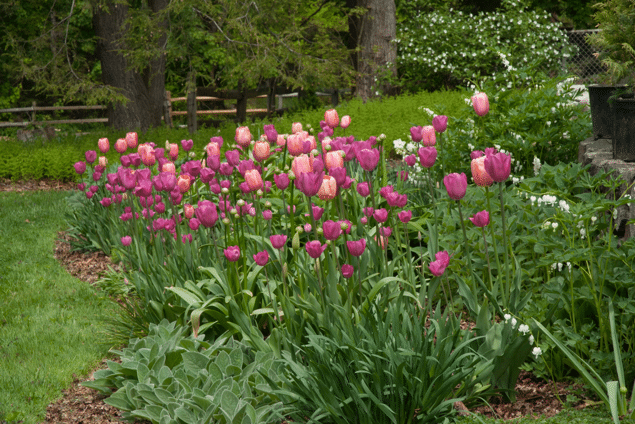How to Plant Tulip Bulbs
by Heather Bolen
Image Source: Natallia Ustsinava via Shutterstock
I learned how to plant tulip bulbs while living as an ex-pat in The Netherlands, the world’s largest producer of bulbs. Since then, planting bulbs has become one of my favorite fall activities, reminding me of this special time in my life while living in this special country.
Planting tulip bulbs also gives me the opportunity to “dig” into fall, just like apple picking, pumpkin picking, and lots of long walks in the brisk morning air. Plus, fall bulb planting gives me a taste of spring—a taste of a colorful tomorrow.
That said, living in New York City, I’ve had to adjust to growing tulips in containers! This can be a bit tricky, so if you, too, live in an urban environment, read my tips on how to grow tulip bulbs in pots. You’ll discover the tried-and-true Dutch approach to container growing, which they call “bulb lasagne.”
For those of you with the luxury of a yard, here are a few quick tips on how to plant tulip bulbs in the ground. You will learn when to plant tulip bulbs, how to grow tulips like a pro, and how to style your tulip garden like a pro.
The process is really quite simple!
Obsessed with tulips, like me?
Sign up to receive updates on the release of my latest online course, which explores the rollercoaster history of the tulip—the world’s most desired flower.
We respect your privacy. By signing up, you will also receive emails with other course updates + content related to history, art, and travel.
1. When to plant tulips?
Tulips must be planted in the fall! This is the number one tip on how to plant tulip bulbs.
Tulip bulbs need a cold period to develop their roots and get ready for spring, which mimics the conditions of their ancestors—the native, wild tulips of the mountainous regions in Central Asia.
A good rule of thumb is to plant bulbs when the average nighttime temperatures in your area are in the 40- to 50-degree range, about 6 to 8 weeks before a hard, ground-freezing frost is expected.
In colder northern climates, this means planting in September or October. In warmer climates, plant bulbs in December (or even later).
However, if you live in a warmer climate, the bulbs will need to be chilled in the refrigerator for about 12 weeks before planting in order to give them adequate time to develop roots. This is called “forcing.”
🌷 Note: While bulbs need time to establish themselves, planting too early leads to disease problems. Wait until it’s cold enough!
2. Grow tulips lik
e a pro.
Plant tulip bulbs about 6-8” deep and 4-6” apart, placing them in the ground with their pointy ends up. Some gardeners use the guideline of planting bulbs three times as deep as the bulb’s length.
Tulips perform well on a site with full or afternoon sun. In warm climates, the flowers will last longer when planted in partial shade and shielded from the hot afternoon sun.
Most importantly, tulips do best when they’re grown in loose, crumbly soil that is easy to work and very well drained. Bulbs can rot in soil that’s too wet. Tulips grow so well in Holland because the terrain is at sea level and tulips are grown in sand, guaranteeing they’re never in a soggy situation. Soil preparation is key.
After planting, be sure to water thoroughly, wetting the planting hole and bulb. This is especially true if planting in dry soil, and sends a message to the bulb that it’s time to grow.
However, unless there is drought, there is no need to water again until spring. Normal rainfall will suffice. Again, excess water is death to tulips. Skip the irrigation systems and sprinklers.
Fertilizing is fine, but not a must. Bulbs are their own complete storage system and contain all of the nutrients they need for one year. But, most of today’s garden tulips diminish in quality after the first year.
Indeed, though technically they are perennials, many gardeners treat tulips as annuals since they often don’t come back at all or come back smaller and less vibrant. So, to get them back in as quality as possible, spread 4-10-6 organic bulb fertilizer at a rate of one teaspoon per bulb at the time of planting.
3. Style tulips like a pro.
It’s easy enough to style your tulip garden with these special effects tips.
Planting styles fall into several main categories: bedding, bouquet planting, naturalized, pocket, ribbon, serpentine, and sprinkled.
For most styles, mass plantings make a big impact. A lone tulip is a sad, sad sight. Make it your goal to “paint” or “wallpaper” the landscape. This approach is great for larger areas and also for edging.
Bedding, for example, means planting bulbs close together in an open, well-cultivated space.
Pocketing is when bulbs are planted thickly in a small open area with the aim of drawing attention or simply tucking in a splash of spring color.
With ribbons, bulbs are planted thickly along the edge of a bed, border, hedge, wall, or fence, while with serpentine one plants bulbs thickly in a river-like arrangement that draws the eye forward along its course.
To create a naturalistic setting, much like the way tulips grow in the wild, plant your bulbs in a minimally managed area. For bouquet planting, bulbs are planted in tight clusters, sometimes among other plants, and usually in a staggered arrangement. And, of course, sprinkling is all in the name. Bulbs are planted singly in between plants in a garden, wherever space allows. There is no pattern.
A few other quick tips:
Combine tall tulips with low-growing flower species. Alternatively, place them next to and between evergreens and hedges. The tulips will stand out in size and color.
Speaking of color, tulips look equally amazing organized in clusters of color or sprinkled in a willy-nilly pattern with other plants in your garden.
Finally, you can plant different types of tulips to stretch the season. If you choose varieties with different bloom times, you can have tulips flowering for six weeks. The same holds true when combining tulips with other species.
#TravelandCultureSalon
FOLLOW @TRAVELANDCULTURESALON ON INSTAGRAM

